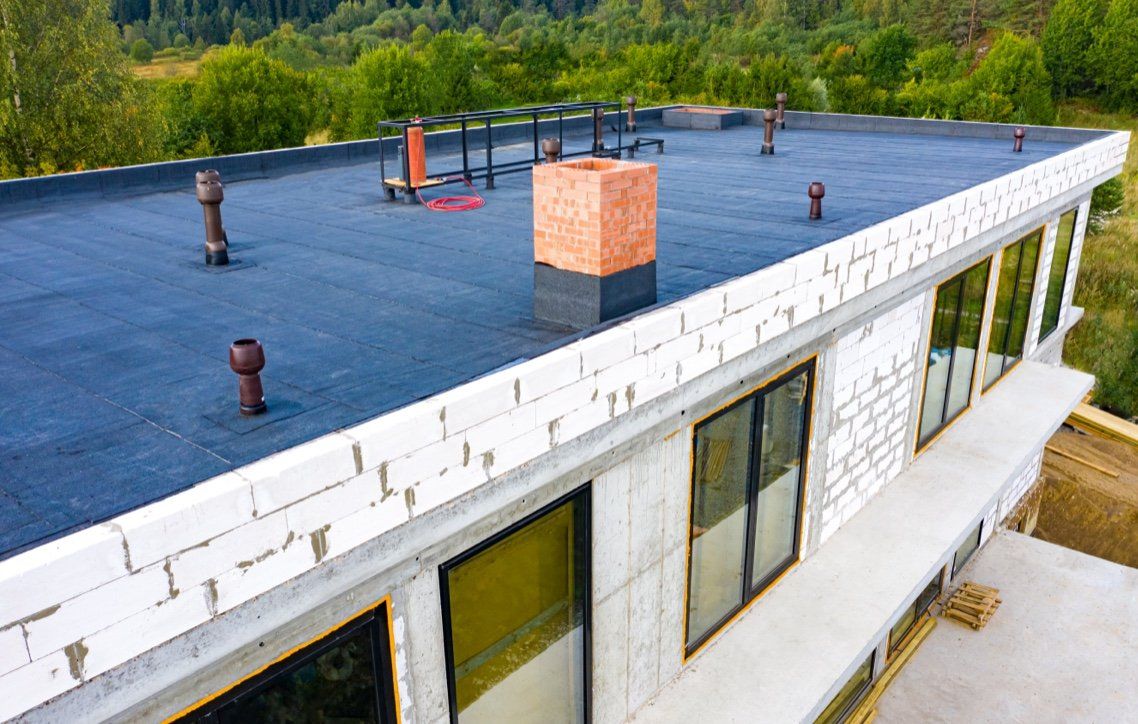The color of your roof affects more than just the look of your home—it can influence your energy efficiency and comfort. Let’s dive into the science of roof colors to determine which one is best for your climate.
How Roof Color Affects Heat Retention and Cooling
Roof color is a major factor in heat absorption. Dark roofs, such as black, absorb heat, increasing the temperature on the roof’s surface and warming your home. White roofs reflect sunlight, keeping your home cooler and easing the load on your air conditioning.
Climate Considerations: When to Go Light or Dark
The color of your roof should be based on your region’s climate:
- Hot Climates: In hot climates, white or lighter roofs are ideal for reflecting heat, reducing indoor temperatures, and lowering air conditioning costs.
- Cold Climates: For colder climates, darker roofs are better because they absorb heat, helping to maintain warmth inside and lower heating costs.
- Temperate Climates: In regions with moderate climates, you may opt for neutral or slightly darker tones, depending on your home’s insulation and energy efficiency requirements.
How Roof Colors Affect Energy Efficiency and the Urban Heat Island Effect
White roofs are especially effective in reducing the urban heat island effect—where city areas experience higher temperatures due to dark surfaces like asphalt and roofs. By reflecting sunlight, white roofs can contribute to cooler city temperatures and lower energy consumption on a larger scale.
Weathercraft’s Tips for Choosing the Right Roof Color
To help you choose the perfect roof color, keep these tips in mind:
- Weather Conditions: Think about your region’s weather patterns.
- Roof Material Compatibility: Check that your roofing material is compatible with the selected color.
- Visual Appeal: Complement your home’s exterior for a cohesive look.
- Cost-Effectiveness: Balance upfront costs with energy savings over time.
At Weathercraft, we guide homeowners in choosing the ideal roof color and material to suit their needs and budgets.
